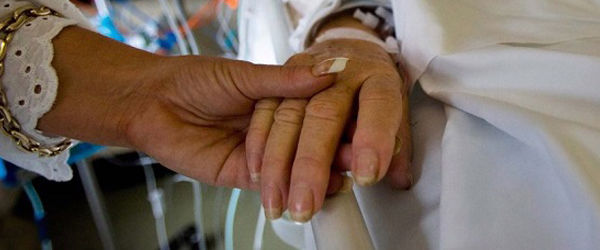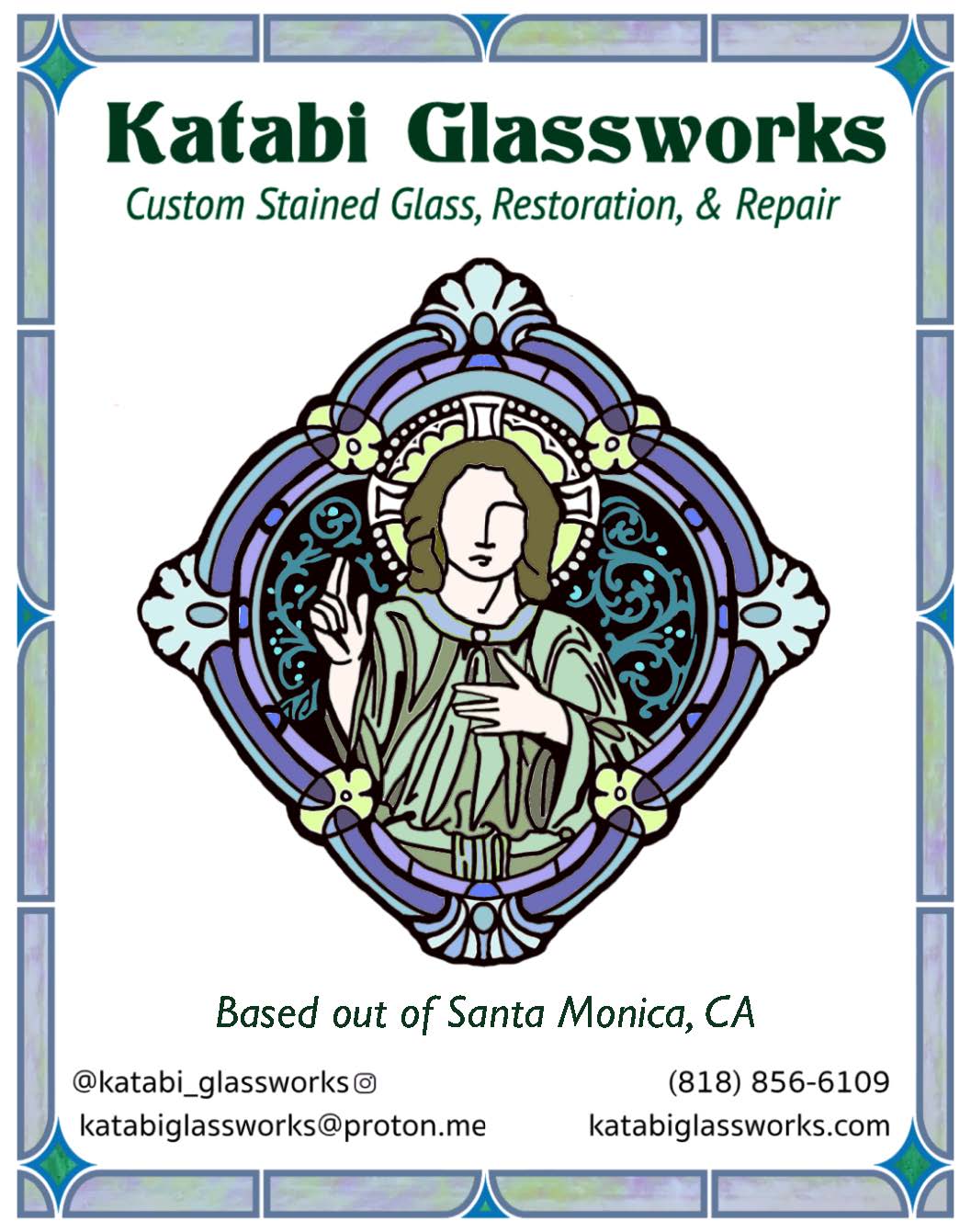Parents and teachers: Do you have a Whole Body Learner in your life?
Often these kids are labeled hyperactive or ADD (attention deficit disorder). The truth is that Whole Body Learners need to use their whole bodies in order to learn. That means movement, but movement in a learning situation is usually interpreted as disruptive or disobedient rather than intelligent. So it can take some doing for parents and teachers to change their minds about the importance of movement for these learners.
The ideal learning situation for these students includes “doing” as much as possible: going on field trips, acting out lessons, presenting demonstrations, walking around while listening or thinking. These learners need to feel the learning taking place in their bodies.
So, instead of reading or listening to a lesson about bridges, they need to build bridges. Or make a model of the pyramids, or plant an actual garden, or design a city, or set up a store to learn about money. In other words, they learn by doing.
In the classroom, teachers can encourage these learners by suggesting these types of assignments: make a movie, do a presentation, put on a play, present the lesson through dance, build or make something. Be aware that these learners need to get up and stretch often, especially if they are required to sit at a desk doing book work; a few exercises or a walk around the room can do wonders. (Why do you think some kids “need” to sharpen their pencils so often?!)
These learners can also be encouraged to use whole body movements to learn new concepts or skills. Examples: learning to tell time by using their arms as hands of the clock; walking a number line to learn the concepts of adding and subtracting; walking on large maps to learn geography. And this isn’t just for preschool or kindergarten, but for college students as well.
The same goes for homework. Encourage Whole Body Learners to take frequent breaks when doing book work. As often as possible, coach them to learn through movement.
For example, if they are memorizing facts, they can try bouncing a ball while saying “Columbus discovered America,” or throw a bean bag back and forth while reviewing with someone, or jump-rope or jump on the trampoline while reciting a lesson or poem. These movement activities also work for listening, like jumping rope while listening to a book on tape.
Most adults who are Whole Body Learners often have trouble acknowledging this need for themselves, because growing up they learned that it was “wrong” or “bad.”
By the way, the more these kinds of activities are incorporated in the learning, the fewer “breaks” will need to be taken. The movement is what’s needed, so if these students are learning through movement, their needs are being met.
Students who are Whole Body Learners grow up to be adults who are Whole Body Learners. If someone teaches them about learning styles and the Whole Body Modality, they will learn how to use this strength in their everyday lives and on the job.
But most adults who are Whole Body Learners often have trouble acknowledging this need for themselves, because growing up they learned that it was “wrong” or “bad.” These are the people who need to work out while they mull things over, or need to wake up in the morning by dancing around, or need to walk when working on the solution to a problem.
People who are Whole Body Learners and are aware of it can use this information to help them find a workplace or career that suits this need. Some obvious careers: actor, dancer, builder, tour guide.
In my Feb. 3 article I quoted Richard Bolles, author of “How to Find Your Mission in Life.” Your mission in life is:
---“to exercise the Talent which you particularly came to Earth to use— your greatest gift...”
---“in the place(s) or setting(s) which God has caused to appeal to you the most”
---“and for those purposes which God most needs to have done in the world.”
Whenever you recognize and acknowledge your learning styles, you are a step closer to fulfilling your unique mission. Plus, using your strengths and doing what you love fills up your spirit — and that affects your relationships, your finances, and your whole life in wonderful ways.
If you think you might be a Whole Body Learner, give some thought to how you are using this gift “in the place(s) or setting(s) which God has caused to appeal to you the most, and for those purposes which God most needs to have done in the world.”
If you have a child or student who is a Whole Body Learner, help that child to discern what part this gift will play in fulfilling his or her God-given mission.
©2012 by Mariaemma Pelullo-Willis, M.S.
Mariaemma Pelullo-Willis is a California credentialed teacher and holds a Master's Degree in Special Education. She is co-author, with Victoria Kindle Hodson, of "Discover Your Child's Learning Style" (Random House) and "Midlife Crisis Begins in Kindergarten." For many years a Master Catechist for the Archdiocese of Los Angeles, she attends Mission San Buenaventura. She can be reached at [email protected].

